What are Genetic Disorders?
Mutations (also known as pathogenic variants) can affect your genes and cause genetic disorders or when you have an incorrect amount of genetic material. A person’s genes are composed of DNA (deoxyribonucleic acid), which contains instructions for how their cells function and the characteristics that make them special.
Genetic mutations are inherited from one or both biological parents, as well as half your genes from each parent. Mutations can occur when DNA is damaged and is often caused by mutations. While some develop soon after birth, others develop over time.
Genetic disorders can be:
- Chromosome: A chromosome is a structure that holds your genes or DNA in each cell. These conditions cause people to have extra or duplicated chromosomes.
- Complex (multifactor): These conditions are caused by a combination of gene mutations and environmental factors. A few of these include chemical exposure, diet, certain medications, as well as tobacco and alcohol use.
- Single-gene (monogenic): These conditions are caused by a single gene mutation.
What are common genetic disorders?
There are basically four types of genetic disorders and further are classified into these categories. The four different types of genetic disorders (inherited) include:
1. Single gene inheritance: Several other names for single gene inheritance exist, including Mendelian inheritance and monogenetic inheritance. This type of inheritance results from changes in the DNA sequence of one gene. This type of inheritance is known as one-gene inheritance or single-gene inheritance. They’re called monogenetic disorders (disorders resulting from a single gene).
Examples of single-gene inheritance are as follows:
- Sickle cell anemia (sickle cell disease).
- Marfan syndrome.
- Fragile X syndrome.
- Cystic fibrosis.
- Alpha- and beta-thalassemias.
- Huntington’s disease.
- Hemochromatosis.
2. Multifactorial inheritance: It is also referred to as polygenic inheritance or multifactorial inheritance. Genetic disorders caused by multiple factors are called multifactorial inheritance disorders. Chromosomes 6, 11, 13, 14, 15, 17, and 22 have been found to contain genes that are associated with breast cancer susceptibility. Multifactorial diseases are common chronic conditions.
Examples of multifactorial inheritance are as follows:
- Alzheimer’s disease.
- Arthritis.
- Diabetes.
- Heart disease.
- High blood pressure.
- Cancer.
- Obesity.
You can Read Also: FOOD ALLERGIES: SYMPTOMS, TREATMENTS, AND CAUSES
3. Chromosome abnormalities: DNA and proteins are found in distinct structures called chromosomes, which are contained in the nucleus of every cell. A disorder of chromosome number or structure can lead to disease since chromosomes carry genetic material. Cell division abnormalities are typically responsible for chromosomal abnormalities.
Some examples of this kind of disorder are as follows:
- Down syndrome
- Klinefelter syndrome.
- Triple-X syndrome.
- Turner syndrome.
- Trisomy 18.
- Trisomy 13.
- fragile X syndrome.
4. Mitochondrial inheritance: There is a mutation in mitochondrial non-nuclear DNA that causes this genetic disorder. A mitochondrion is a small, round, or rod-shaped organelle found in the cytoplasm of plants and animals that performs cellular respiration. It is possible for mitochondrion to contain up to 10 circular DNA pieces. Mitochondrial DNA is always inherited from the female parent as egg cells, but not sperm cells, keep their mitochondria during fertilization.
Examples of mitochondrial inheritance are as follows:
- Leber’s hereditary optic atrophy (LHON).
- Mitochondrial encephalopathy, lactic acidosis, and stroke-like episodes (MELAS)
- Myoclonic epilepsy with ragged red fibers (MERRF).
- Lactic acidosis.
Other types of genetic disorders?
Rare diseases can also be caused by genetic disorders. There are less than 200,000 Americans affected by this group of conditions. Approximately 7,000 of these diseases may exist, according to experts.
Rare genetic problems include:
- AA amyloidosis.
- Mitochondrial diseases.
- Adrenoleukodystrophy (ALD).
- Ehlers-Danlos syndrome.
- Usher syndrome.
What are the causes of genetic disorders?
For a better understanding of how your genes and DNA work, it’s helpful to learn more about how they work. Your genes contain the DNA that instructs your body to make proteins.
They help you maintain a healthy immune system by allowing complex cell interactions to occur. The instructions for making proteins are affected by mutations. It is possible that proteins are missing. Or they might not work properly.
Factors that may lead to genetic mutations (also called mutagens) are:
- Chemical exposure.
- Radiation exposure.
- UV exposure from the sun.
What are the symptoms of genetic disorders?
Listed below are some characteristics that may suggest that your child has a genetic disorder. Many of these characteristics are common to people without a mental disorder as well. Consult your doctor if your child displays two or more of the following symptoms:
- abnormal ears
- Unusual or different features compared to other members of the family
- brittle or sparse hair
- excessive body hair
- white patches of hair
- unusually shaped eyes
- different colored eyes
- a large or small tongue
- miss happen teeth
- missing or extra teeth
- loose or stiff joints
- behavioral changes or disturbances.
- breathing problems.
- unusually tall or short stature
- excessive skin
- unusual birthmarks
- webbed fingers or toes
- increased or decreased sweating
- unusual body odor
How are genetic disorders identified?
Doctors can suspect a genetic disease from a person’s physical characteristics and family history, or they may rely on screening tests to confirm the diagnosis.
In addition to genetic testing, doctors also use other techniques to diagnose genetic conditions. Examples of such approaches are:
- A physical examination: Genetic disorders can be diagnosed based on certain physical characteristics, such as distinctive facial features. Geneticists will evaluate you physically, including measurements such as the circumference of the head, the distance between the eyes, and the length of your arms and legs. Specialized examinations can be performed, such as those of the nervous system (neurology) or the eyes (ophthalmology). As well as x-rays, computerized tomography (CT) scans, or magnetic resonance imaging (MRI), a doctor can use imaging studies to examine the body’s structures.
- Medical history: Genetic diagnoses can be figured out from information about a person’s health, often going back to birth. Past medical issues, hospitalizations, surgeries, allergies, medications, and the results of any genetic or medical tests a person has had are examples of medical history.
- Family history: A family history can help diagnose genetic disorders because genetic conditions are often passed down through generations. If an individual has parents, siblings, children, or even more distant relatives with health problems, a doctor or genetic counselor may inquire about their conditions. Information like this can help determine whether and how a genetic condition is inherited in a family.
- Laboratory tests: Genetic disorders can be diagnosed using chromosomal, biochemical, or molecular genetic testing. Other laboratory tests measuring the levels of certain substances in blood and urine can also provide clues as to the diagnosis.
You can Read Also: FAINTING: CAUSES, TYPES, SYMPTOMS, AND PREVENTION
Treatment for genetic disorders
There is no known cure for genetic disorders called “inborn errors of metabolism” or “storage diseases.” The only known treatment is bone marrow transplantation (BMT). Gene mutations lead to an imbalance of certain substances in the body, usually proteins, resulting in toxic chemicals accumulating inside cells.
Depending on what proteins are missing and which chemicals accumulate, a specific disease manifests. Hearing loss and eye damage are among the symptoms, as are growth failure, neurodegenerative disorders, and early death. During a BMT, stem cells are implanted into the patient (undifferentiated cells with the potential to develop into a wide variety of cell types). There are no genetic mutations in the new stem cells. They become the appropriate cell type when they migrate to the affected organ.
BMT has also been successful in treating storage diseases such as adrenoleukodystrophy, metachromatic leukodystrophy, Krabbe disease, and Niemann-Pick disease.
Various other treatments are also available that help to treat various genetic disorders:
- Symptoms can be controlled by medications, or abnormal cell growth can be slowed by chemotherapy.
- Nutritional counseling or dietary supplements to ensure your body gets the nutrients it needs.
- Therapy to increase your capabilities such as physical, occupational, or speech.
- Blood transfusions to replenish healthy red blood cells.
- Surgical treatment to correct abnormal structures.
- Radiation therapy to treat cancer.
How can I prevent a genetic disorder?
Many diseases such as heart disease, asthma, cancer, and diabetes are known to run in families for many years. Families are also affected by diseases like hemophilia, cystic fibrosis, and sickle cell anemia.
It is more likely that a child will have high blood pressure as an adult if a parent has high blood pressure. If you know your family’s medical history and share this with your doctor, you can find out whether you have a higher risk for some common diseases.
The health care provider can then provide you with personalized and specific information about how to:
- The disease should be checked regularly.
- Eat a healthy diet.
- Don’t forget to exercise regularly.
- Avoid tobacco use and excessive alcohol consumption.
Diagnose and treat your condition by getting specific genetic testing.


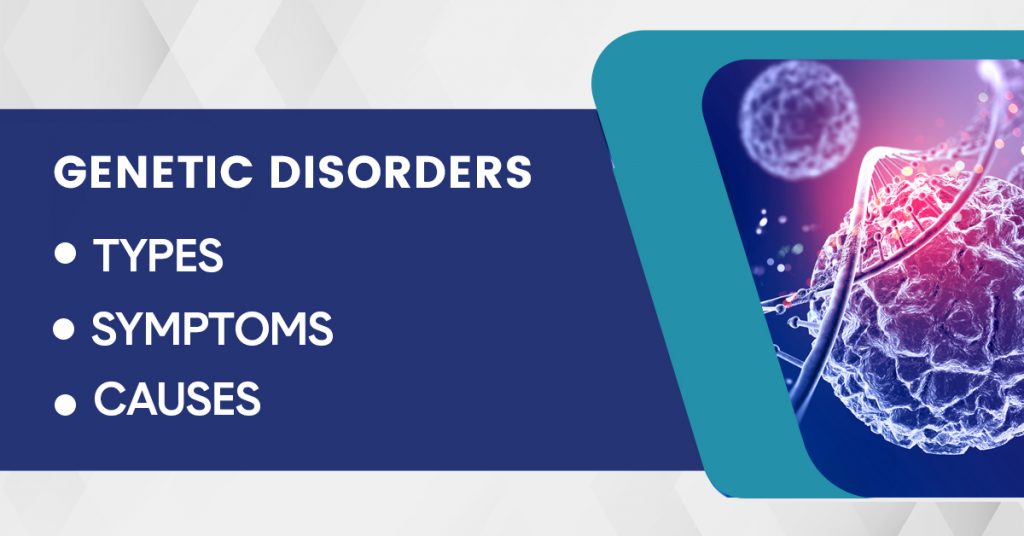
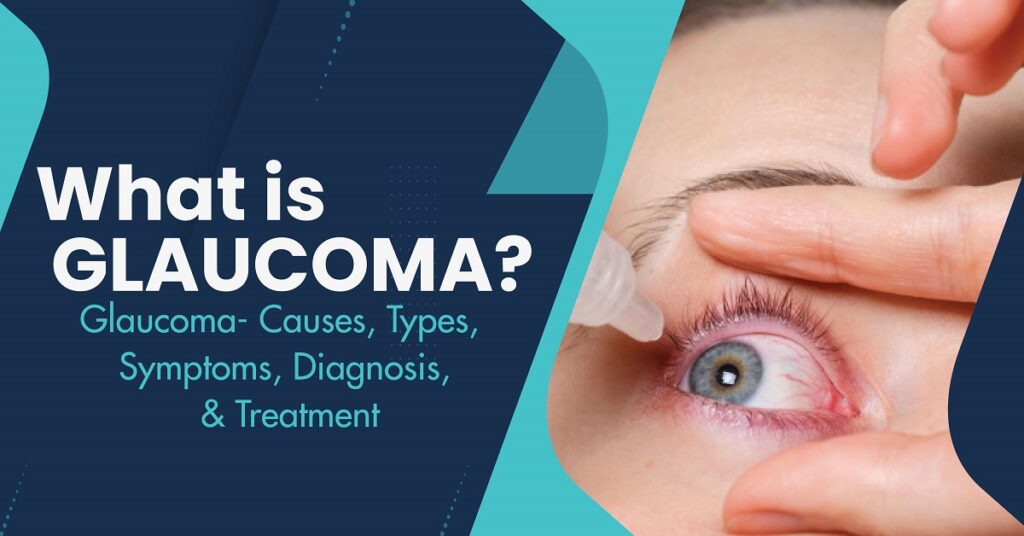
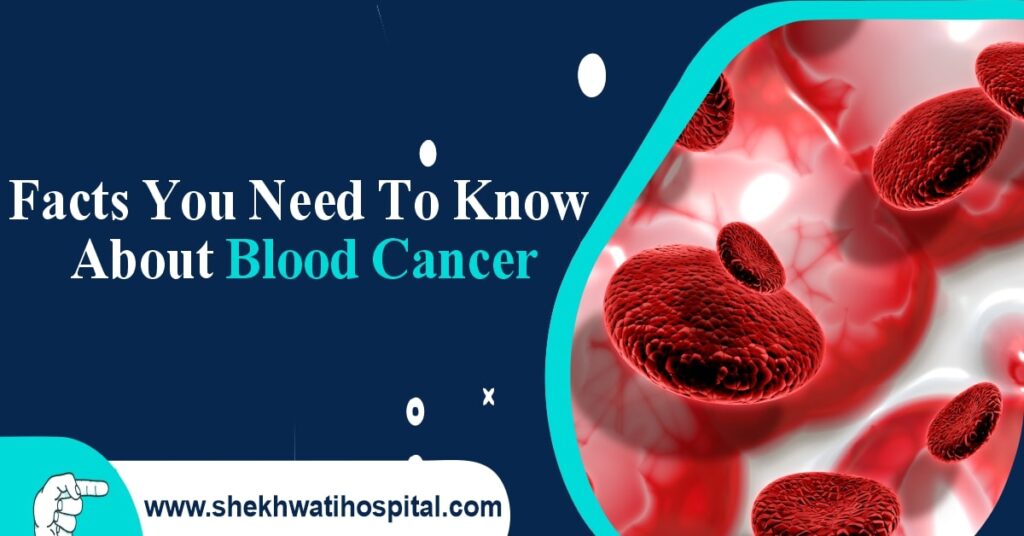

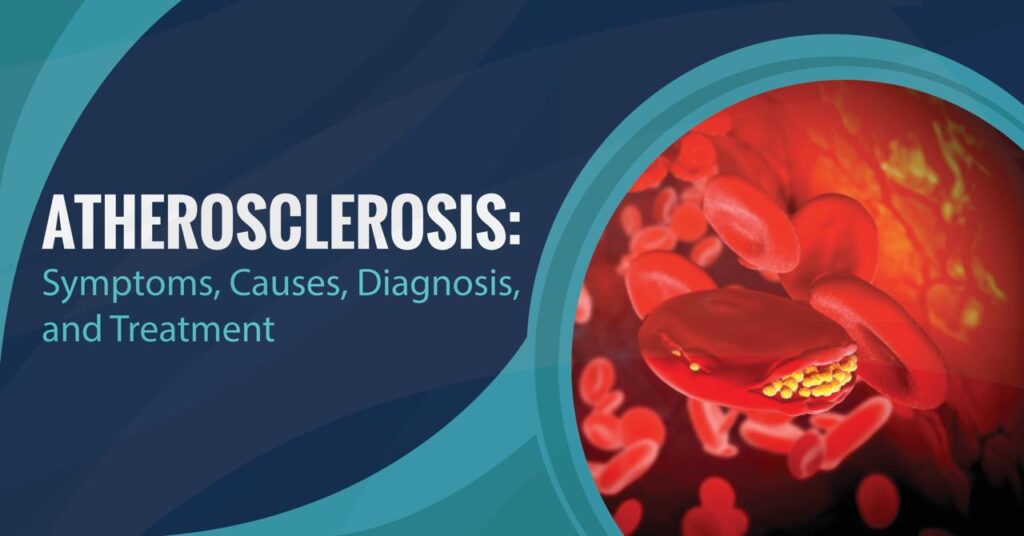
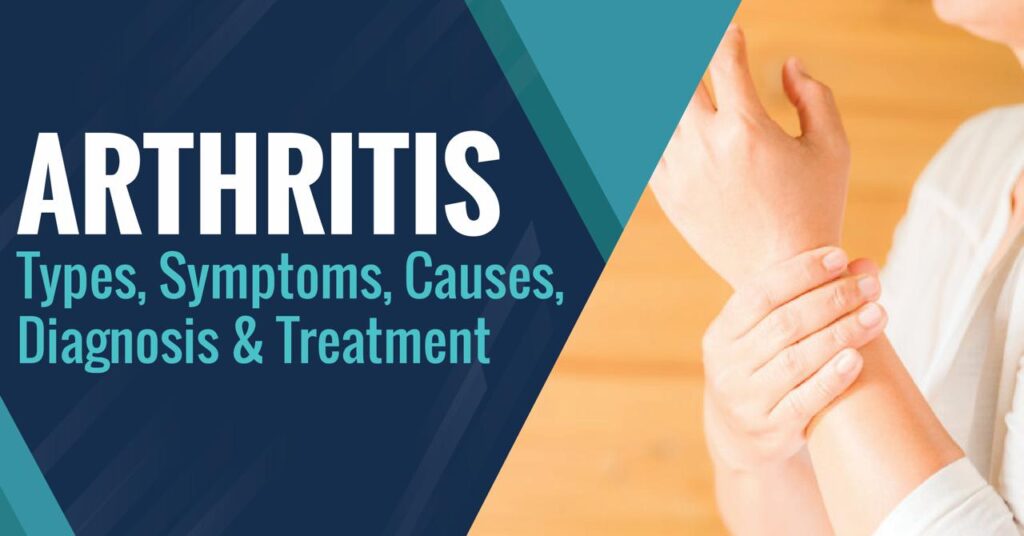


 Disclaimer: The information on the Web Site is provided for informational purposes only and is not meant to substitute the advice provided by our doctor or other health care professional. You should not use the information available on or through the WebSite for treating a health problem or disease or prescribing any medication. All images used on this website are for illustrative purposes only,
Disclaimer: The information on the Web Site is provided for informational purposes only and is not meant to substitute the advice provided by our doctor or other health care professional. You should not use the information available on or through the WebSite for treating a health problem or disease or prescribing any medication. All images used on this website are for illustrative purposes only,